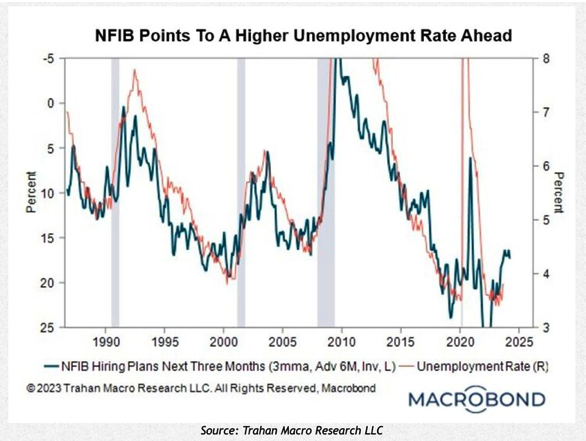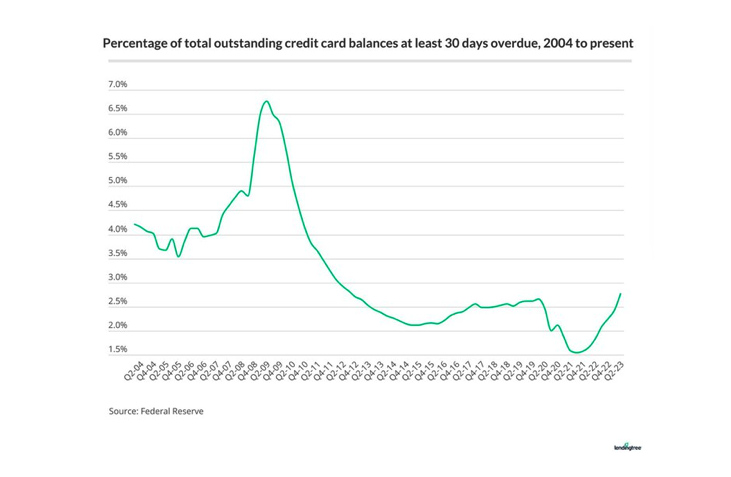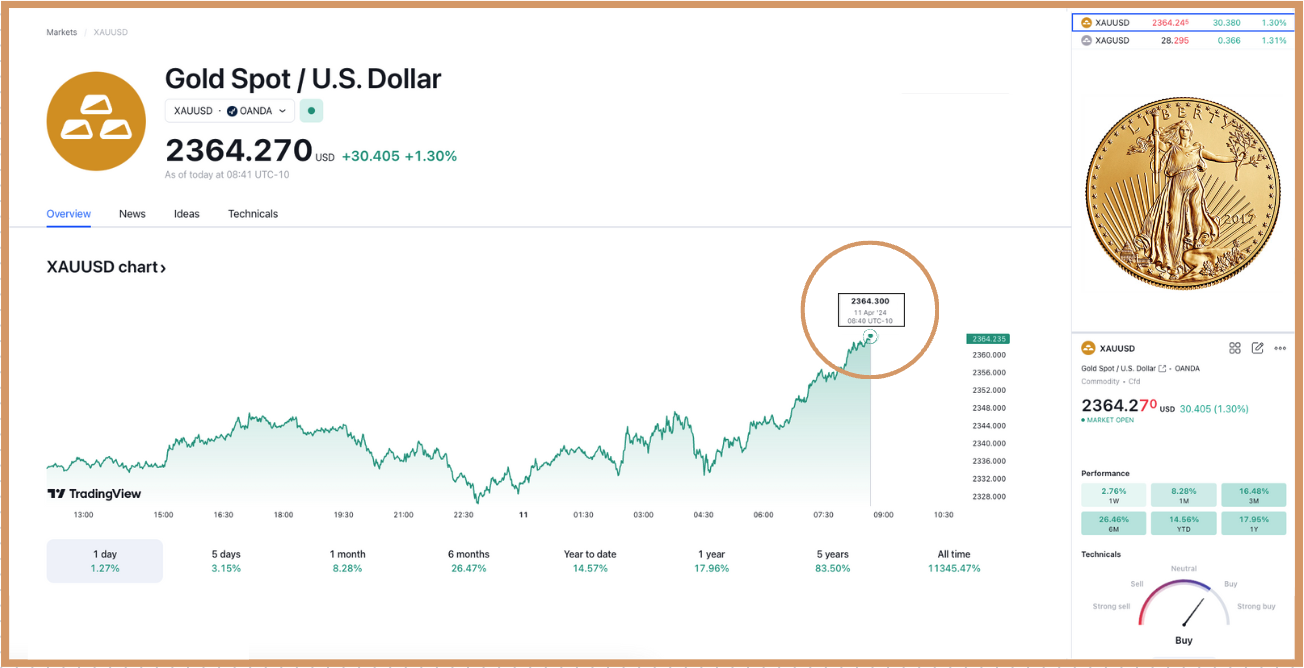Business Insider: Stock Market Crash: 3 Pieces of Evidence That a Recession is Imminent

- Jon Wolfenbarger believes a recession will unfold in the months ahead.
- He said yield curve steepening and NFIB data show rising unemployment is coming.
- Wolfenbarger is the founder of BullAndBearProfits.com.
The October jobs report released last Friday wasn't great.
The US economy added just 150,000 jobs, under the expected 180,000, and the unemployment rate rose to 3.9%, now 0.5% higher than its low earlier this year. Numbers for September and August were also revised downward, meaning eight consecutive months have now been subsequently marked below their original prints, according to Jon Wolfenbarger.
For Wolfenbarger, the founder of the market newsletter site BullAndBearProfits.com and a former investment banker at JPMorgan and Merril Lynch, the jobs report was the latest sign that the labor market will continue to weaken.
"I think today's job report was a disaster and confirms my view that the Fed rate hikes and yield curve inversion will lead to rapidly rising unemployment, a recession and significant downside for the stock market," Wolfenbarger told Insider on November 3.
There are three main pieces of evidence informing Wolfenbarger's view that the labor market is due to crumble. The first is that employment growth has shrunk to 2.1%, a level seen leading up to prior recessions. Following peaks in past Federal Reserve hiking cycles, employment growth has typically slowed for another two years, Wolfenbarger said, meaning further slowing may be ahead.

Second, the inverted yield curve is starting to steepen. An inverted yield curve has been an extremely reliable recession indicator over the last several decades. An inversion happens when short-duration yields rise above long-duration yields. Yields typically invert in large part due to the Fed hiking its overnight lending rate, which tracks closely with 3-month yields. Fed hiking cycles are meant to slow the economy, creating a higher risk of recession.
The spread between 3-month and 10-year yields has been inverted for around a year now, but the curve is starting to steepen. This typically starts to happen when the Fed is about done hiking, and typically coincides with a rising unemployment rate.
The chart below shows every time the yield curve has hit inversion territory, marked by the horizontal black line, unemployment has started rising alongside the yield curve's re-steepening.

And third, small businesses are not optimistic at the moment and on future hiring. Given that small businesses account for about 60% of all hires over the last three decades, Wolfenbarger said this does not bode well for the labor market.
Here's the National Federation of Independent Businesses' index on hiring plans for the next three months (shown in blue, advanced by six months, and inverted) paired with the unemployment rate (shown in orange). The two tend to move in lockstep.

Given these signals, Wolfenbarger says a recession is on the way, as well as a crash in stocks. The S&P 500 just retouched its 36-month moving average, which has been a sign of potential danger in the past. While the market did not drop deep below the moving average in 2020 and 2022, extraordinary fiscal and monetary circumstances existed in 2020 and there was no recession in 2022.
When the market hit the moving average in 2001 and 2008, recessions happened and sank the S&P 500 more significantly — around the 40-50% range. Wolfenbarger thinks this is the scenario likely to play out this time around.

"Proven leading indicators show that the unemployment rate is likely to start rising materially soon. That will likely be the final nail in Wall Street's 'softish landing' narrative, which will cause stocks to fall well below the 36-mma," Wolfenbarger said.
He added: "The market is bigger and more powerful than the Fed and the damage has already been done to cause a major recession and bear market with the rate hikes and inverted yield curve. Recall the Fed slashed rates throughout the early 2000s and 2008-2009 recessions and bear markets and they weren't able to prevent them."
Wolfenbarger's views in context
Bearish forecasters have been forced to eat their words this year, as the economy has held up in the face of higher rates.
Economists at Bank of America, JPMorgan, and Pantheon Macroeconomics have all walked back their recession calls in recent months with inflation and the unemployment rate both under 4%, GDP growth still roaring, and the Fed having apparently finished hiking.
But the window for a recessionary outcome is still open. According to Piper Sandler's Michael Kantrowitz, the number of unemployment claims is still within a normal range for 12 months following a yield curve inversion. Here are the current cycle's numbers compared to prior inversions and recessions.

In addition to the yield curve and employment indicators above, other recession indicators continue to point to a downturn ahead. One of them is tightening lending standards from banks for both consumers and businesses.
Here's a chart from Societe Generale's Albert Edwards showing tightening lending standards for small businesses, according to the NFIB. It's at levels typically seen during the start of a recession.

Another is the growing number of bankruptcies among small businesses, shown below in another chart from Edwards.

Credit card delinquency is also on the rise, signaling a weakening consumer.

None of these indicators, however, are a guarantee of a recession ahead, and data in the months ahead will reflect the health of the US economy.
Wolfenbarger said the average time it takes for a recession to unfold after a yield-curve inversion is 6-17 months. A year into the inversion, he said he would expect a recession to unfold within the next five months. Time will tell whether Wolfenbarger or the bulls betting on a soft landing are right.




